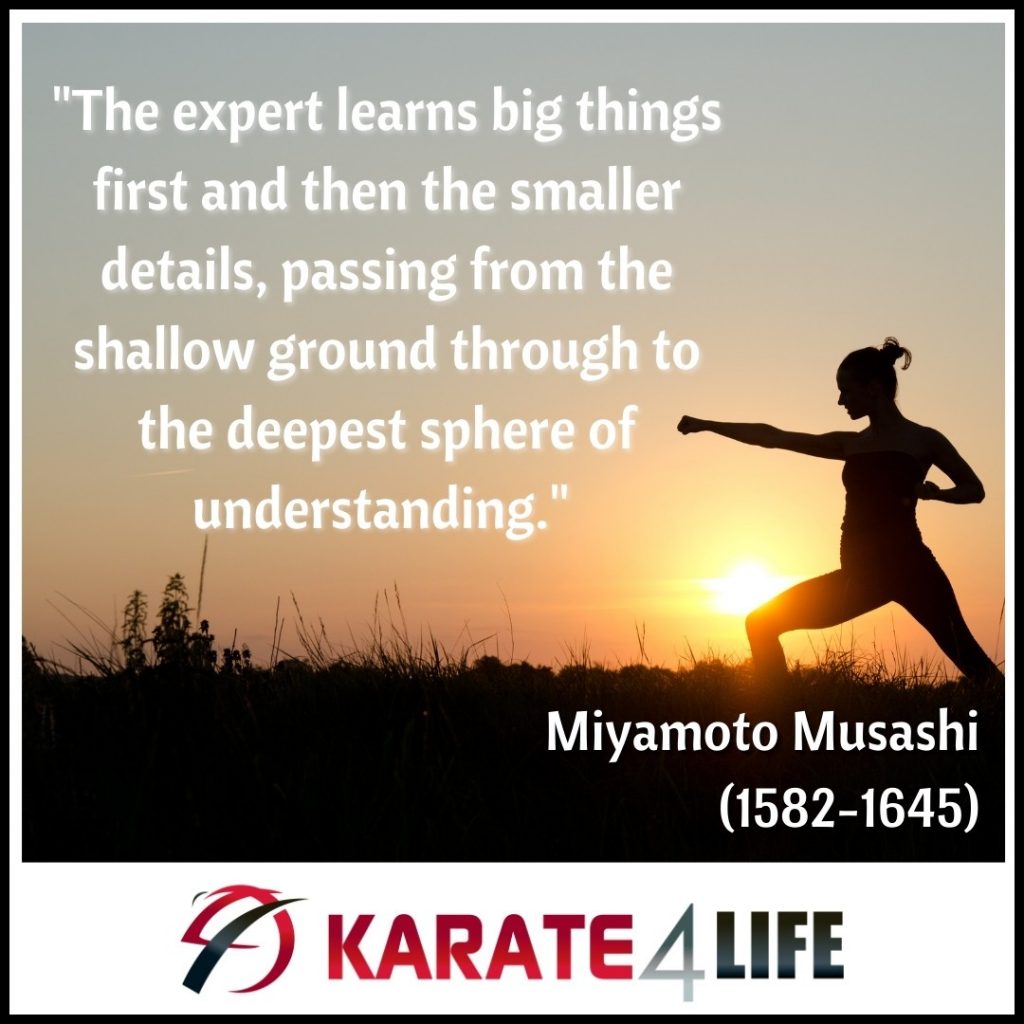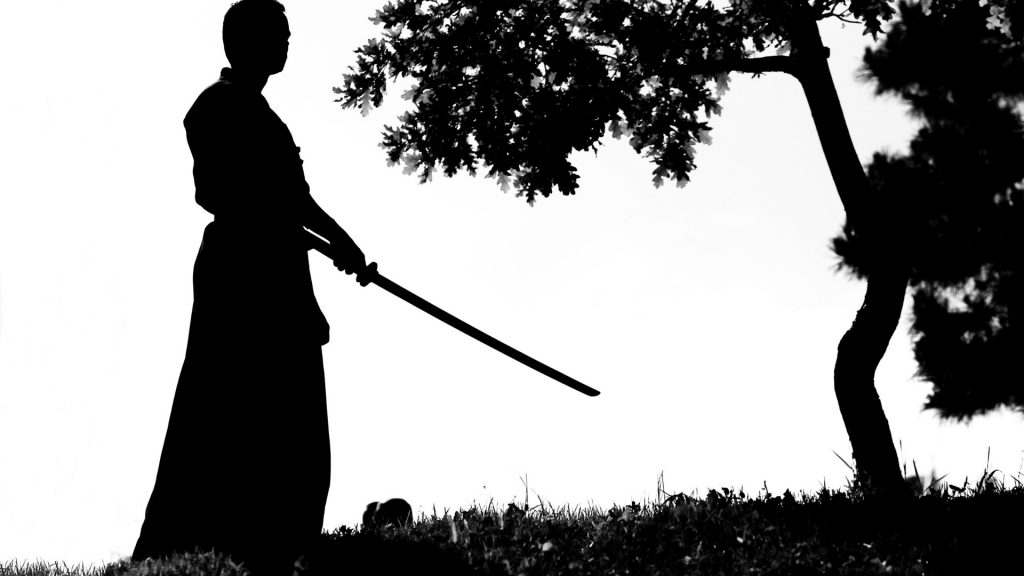Exploring Musashi’s Legendary Principles of Combat Strategy From The Book of Five Rings, Gorin-no-sho
Miyamoto Musashi is considered in Japan and by many historical scholars to be one of the most celebrated samurai swordsman of all time. While there are many differing accounts of his life from 1582 – 1645, including the details of his most famous written work, Gorin-no-sho, or, The Book of Five Rings, the literal translation being “Five Ring Scrolls,” as this work consists of five scrolls, each taking on the name of five universal elements: Chi (Earth) Sui (Water), Ka (Fire), Fu (Wind) and Ku (Ether). Whilst historians do not have the original transcript of the five original scrolls written by Musashi’s hand, we have copies of the document which have since been studied, translated many times and measured against other historical documents from the time for accuracy and confirmation.
What has made the core messages from Musashi’s Book of Five Rings so enduring and universal can be seen as we investigate more deeply Musashi’s life-long dedication to the study of meditation, training and swordsmanship, which led him to the realisation that the very principles he applied with success in duelling, were the same needed for success in all other aspects of life.
In this way, this historical work embodies the Karate4Life philosophy, in that the core principles we learn to train our mind and bodies in the dojo, are the same principles we can use for wisdom and success in our everyday lives.
The True Way: To learn like a samurai, we must first understand how they think
Lessons from Scroll 1, The Earth Scroll, Chi-no-Maki
Throughout Gorin-no-sho, Musashi refers to a set of principles, a journey and a way of living and thinking called, The Way. In his writing, he discusses, “The Way of Combat Strategy” which as we proceed through the five scrolls, we learn how Musashi defined the samurai’s way of life. In the below extract from Alexander Bennet’s 2018 book, “The Complete Musashi, The Book of Five Rings and Other Works” we learn from Bennet’s extensive translation and study of Musashi’s work as a Professor in Japanese history, martial arts, and Budo theory at Kansai University, Japan.
Musashi’s Earth Scroll (1) is intended to be read and studied at the beginning of one’s learning, so you could as a student of The Way, start to learn that the true Way is not to be defined by swordsmanship alone. As Musashi outlines below, he considered that the path to learning as a samurai was to work to understand the big ideas first and then deepen your knowledge through to the details as you progress in your training. He saw this as the direct Way to mastery and part of the true Way of first gaining a strong grounding on which to build one’s expertise.

The 9 Principles of Combat Strategy
In the last parts of The Earth Scroll, Musashi outlines 9 principles of combat strategy, which were rules he developed to help guide students in observing the true Way:
- Think never to veer from the Way
- Train unremittingly in the Way
- Acquaint yourself with all the arts
- Know the Ways of all vocations
- Discern the truth in all things
- See the intrinsic worth in all things
- Perceive and know what cannot be seen with the eyes
- Pay attention even to trifles
- Do not engage in superfluous activities
So how might a Samurai help us to apply these principles to learning in the dojo and in our real, fast-paced, demanding, modern lives, in 2021?
It’s hard to know how Musashi might answer this question for us in our time period, however he did leave us with practical metaphors to ponder in Gorin-no-sho, saying that there is a Way for all paths and that each occupation we do has a Way in its own right. He specifically talks about the Way of the Samurai and compares it to a carpenter, as both paths must work on their craft and require extensive training, with “the teacher serving as the needle and the student as the thread.” (Musashi, cited in Bennett, 2018)
So if the Way of the Samurai could be our teacher of not just what to learn but how, we might find our own Way by threading through the needle, past our shallow ground, to get to the deepest sphere of – our own Samurai potential.

Reference & Original Text Translation Source:
Bennett, A 2018, The Complete Musashi, The Book of Five Rings And Other Works, Tuttle Publishing.


Interesting read, I believe this is a very worthy reminder in any era of life, and as mentioned above, applicable to any "way", that's the beauty of chito ryu that I value, being able to apply the teachings and actually see the relevance in day to day life.
Well Mel, there is a lot to ponder in what you have written. This is really going to be a very long and extensive journey. I originally thought I would just do some karate and get a bit fitter, but I am beginning to see that I was woefully mistaken. There is so much more to explore and learn. Thank you for being a part of helping me to see that more clearly and I look forward to reading more of your posts.